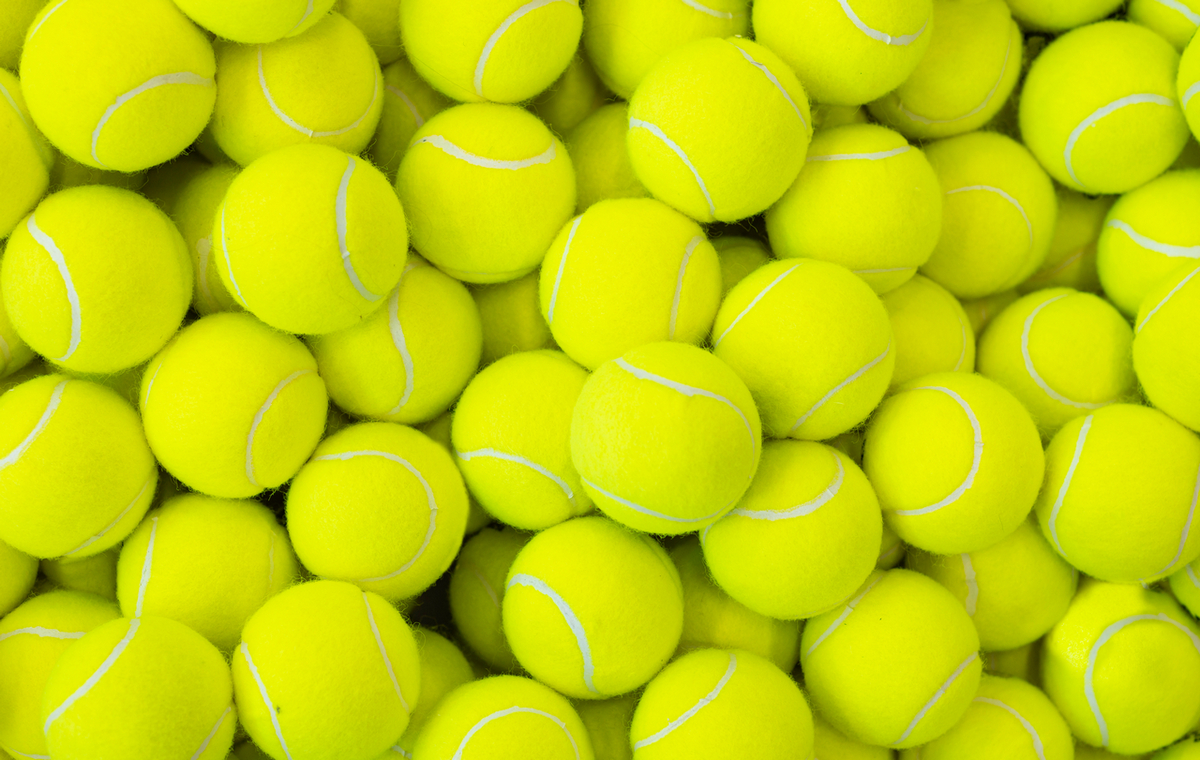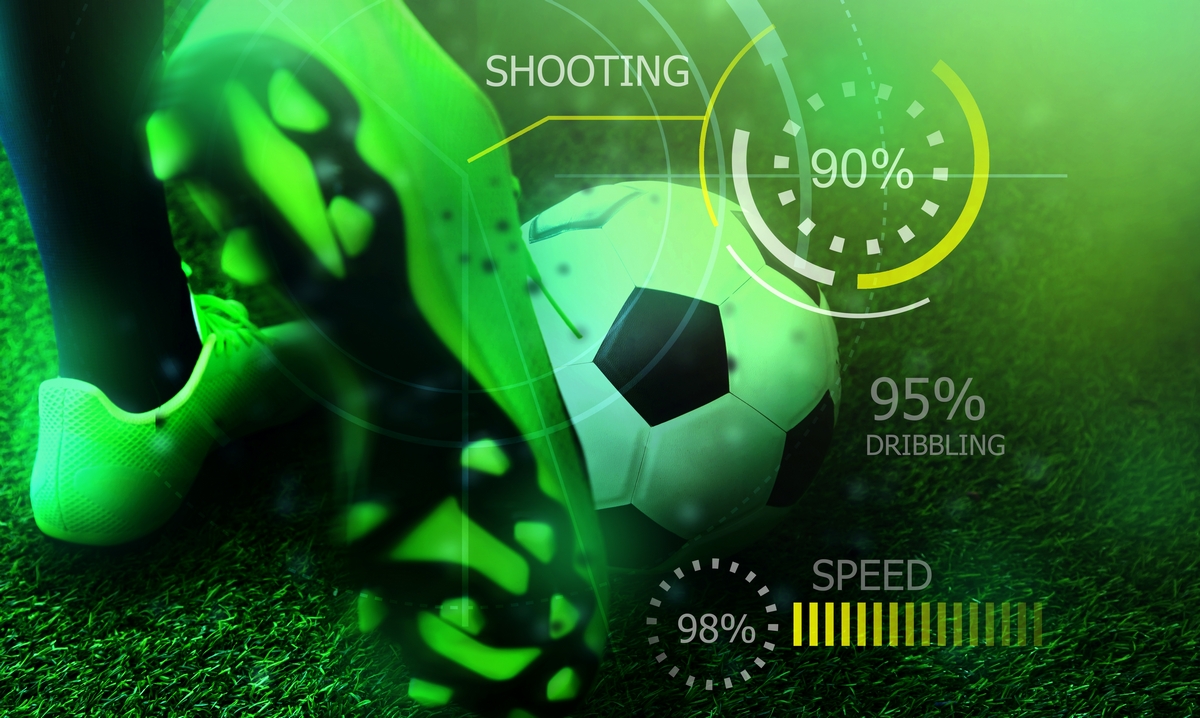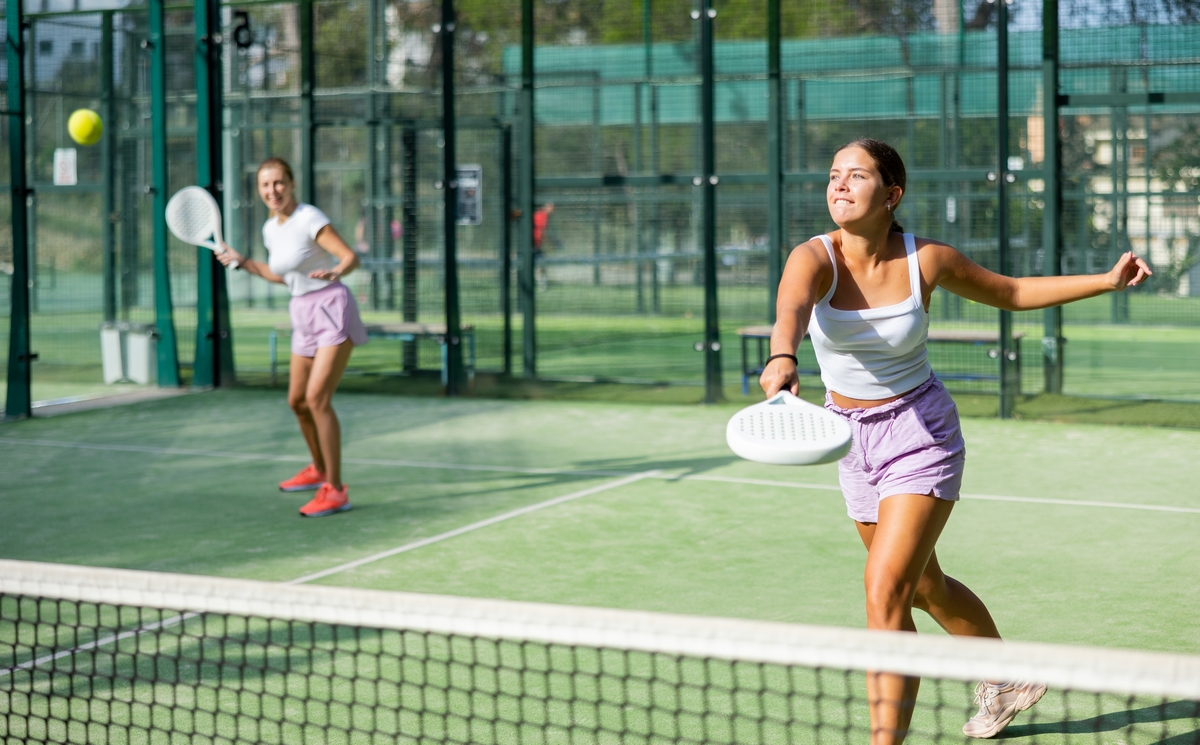The Evolution of Tennis Courts: The Introduction of Blue Clay
July 11, 2024
Tennis is a sport steeped in tradition, yet it continuously evolves to improve the experience for players and fans alike. One of the most controversial and innovative changes in recent years was the introduction of blue clay courts. This bold move aimed to enhance visibility for television audiences and add a modern twist to the game. Here’s a look at the history and impact of blue tennis clay.
1. Traditional Red Clay Courts
- Classic Surface: Red clay courts have long been a staple in tennis, particularly in Europe and South America. They are synonymous with the French Open, one of the four Grand Slam tournaments.
- Playing Characteristics: Known for producing slower ball speeds and higher bounces, red clay courts demand exceptional endurance and strategic play. The surface is beloved for its distinct challenge and unique style of play.

2. The Birth of Blue Clay
- Visibility Concerns: Just like the transition from white to yellow tennis balls, the shift to blue clay was driven by visibility issues. Red clay, while traditional, could be difficult to see clearly on television, particularly for viewers watching in high definition.
- Innovative Thinking: In 2012, Ion Tiriac, the owner and tournament director of the Madrid Open, decided to experiment with blue clay courts. The aim was to make the ball more visible to TV audiences and create a fresh, modern look for the tournament.
3. The Controversial Switch
- Mixed Reactions: The introduction of blue clay was met with mixed reactions from players and fans. Some players, including top stars, complained that the blue clay was slippery and unpredictable, affecting their performance.
- High-Profile Criticism: Notably, Rafael Nadal and Novak Djokovic, both dominant on traditional clay, voiced strong objections to the blue surface, citing safety concerns and an unfair playing field. Nadal threatened not to return to the tournament if the blue clay continued, stating, "It's a different concept of tennis. It makes no sense."
4. Player Perspectives
- Support and Criticism: While many players criticized the blue clay, some appreciated the effort to innovate. Roger Federer, who won the 2012 Madrid Open, was more diplomatic, saying, "I understand the other players’ opinions. For me, it's just about adapting. I was able to do that this week."
- Other Views: Tomas Berdych, another top player, mentioned, "The ball bounces well, but the movement on the court is tough. You have to adjust your game plan."
5. Impact on the Sport
- Television Success: Despite the controversy, the blue clay courts achieved their primary goal. The contrast between the blue surface and the yellow ball improved visibility for television viewers, making it easier to follow the fast-paced action.
- Short-Lived Experiment: Due to player feedback and safety concerns, the Madrid Open reverted to traditional red clay in 2013. However, the experiment sparked ongoing discussions about innovations in court surfaces and the future of tennis.
6. Legacy of Blue Clay
- Pioneering Spirit: The blue clay experiment showcased tennis's willingness to innovate and adapt, even if the changes are temporary. It highlighted the importance of balancing tradition with modern advancements to keep the sport engaging for all.
- Future Innovations: While blue clay courts are no longer in use, the experiment has paved the way for continued exploration of new ideas to enhance the sport. Whether through technological advancements, new materials, or other innovations, tennis remains a dynamic and evolving game.
Conclusion
The introduction of blue clay courts was a bold and innovative move in the world of tennis. Though short-lived, it underscored the sport's commitment to enhancing the viewing experience and embracing change. The legacy of blue clay continues to inspire discussions about the future of tennis, proving that even the most traditional sports can benefit from modern thinking.







